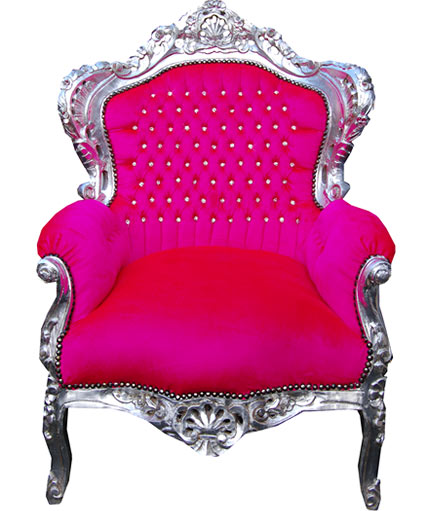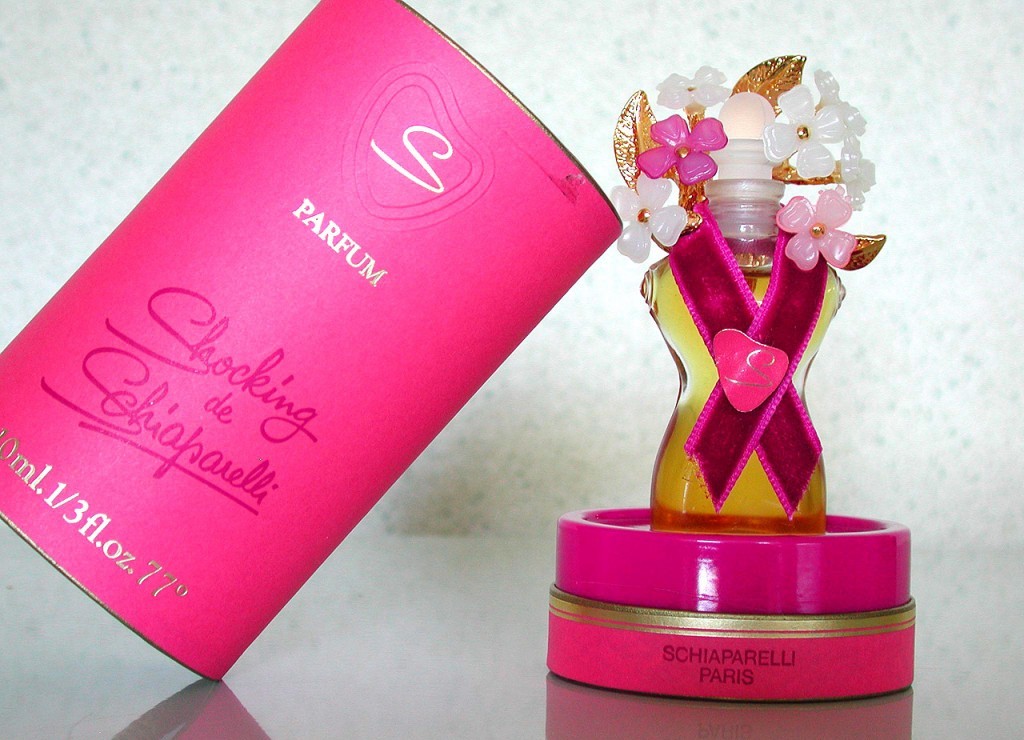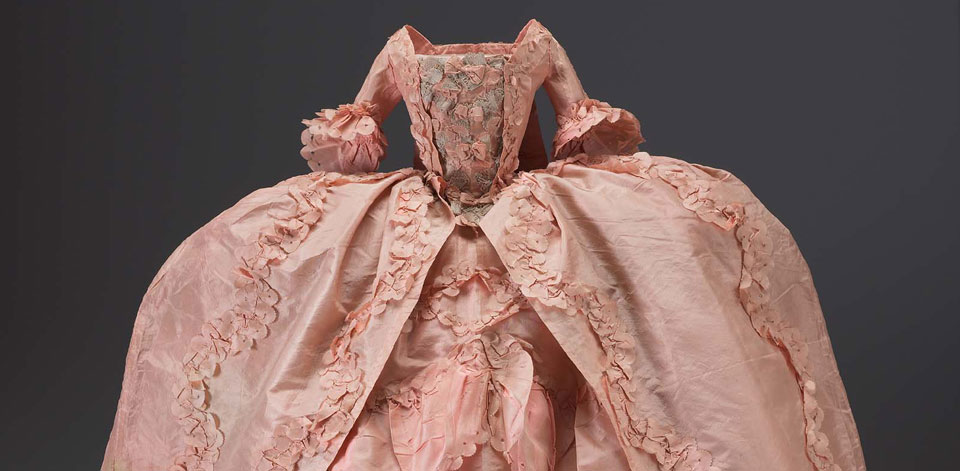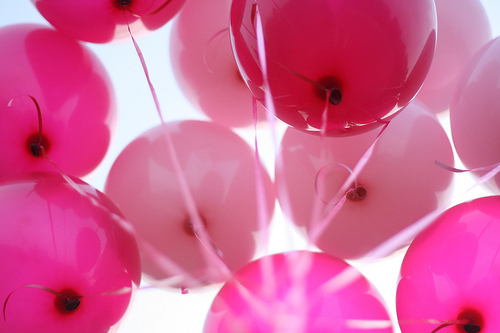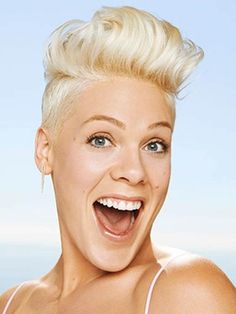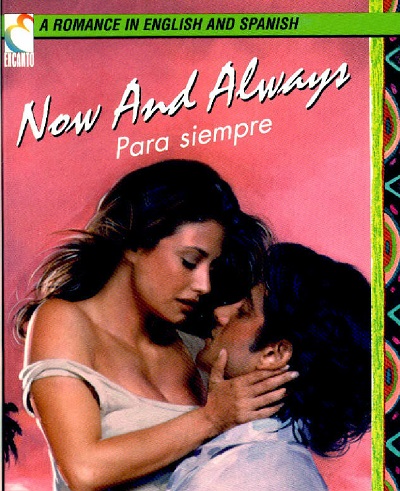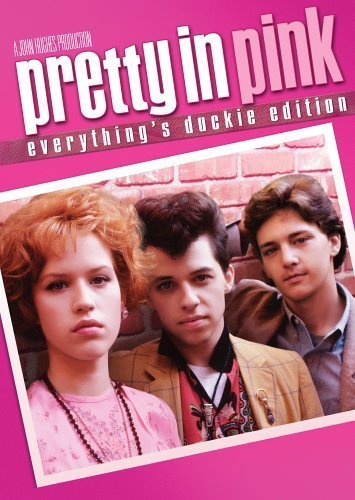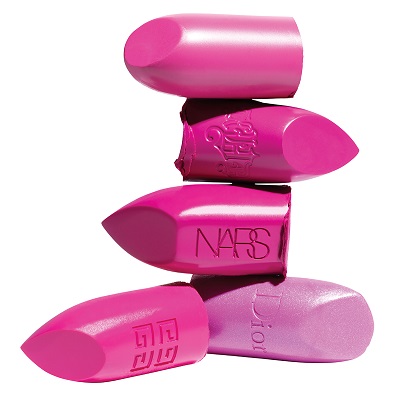It’s no secret that CSE Magazine LOVES pink. One peek at our logo and see how much the inspired hue is incorporated into our culture here at CSE, but did you know “Pink” is also the most used colour for events?
Yes, pink, from bubblegum to cotton candy to fuschia, is one hot shade for event planners. If you are wondering why, the reasons are endless, but one of the most impressive is that Pink, according to Wiki, takes its name from the flower called pinks, and the verb “to pink” dates from the 14th century and means decorate with a perforated or punched pattern”. Also, according to surveys, pink is the colour most often associated with love, beauty, charm and romanticism, all things we value and look for in our lives. If that’s not enough, when combined with violet or black, it is associated with eroticism and seduction. No wonder so many people want pink at weddings.
Don’t mistake this girly hue for anything but a major player; Pink has a pretty impressive resume. In the early 18th century, pink became fashionable in the courts of Europe, and in the latter part of the 1800s, it was recognized as the colour of seduction in many famous works of art. In 19th century England, young boys often wore pink ribbons as a precursor to the men of England, who wore red uniforms. In the 20th century, Italian designer Elsa Schiaparelli created a new variety of the colour, called Shocking pink, by mixing magenta with white and launched a perfume called Shocking, which she sold in a bottle in the shape of a woman’s torso, said to be modelled on that of Mae West. In 1953, at the US presidential inauguration of Dwight D. Eisenhower, his wife, Mamie, wore a pink dress, and her strong liking of pink led to the public association of pink as a colour that “ladylike women wear.”
In architecture, in the 18th century – the golden age of pinks – pink mansions and churches were built across Europe. More modern pink buildings usually use the colour pink to appear exotic or to attract attention, and in some Eastern cultures, pink and pastel homes are a sign of affluence.
In the world of food and drink, pink is the colour most associated with sweet foods and beverages and also one of the few colours to be strongly associated with the aroma. Remember the diet drink called Tab? It was packaged in pink cans to subconsciously convey a sweet taste. Sweets, cakes, desserts, and treats commonly hold a pink hue so much that “pink frosting” is an actual flavour.
In the 21st century, pink is a huge part of our pop culture. Pink ribbons are known worldwide as the symbol for breast cancer campaigns; it is the hood colour of five academic degrees (Arts, Science, Medicine, Law and Divinity). In Spanish and Italian, a “pink novel” is a sentimental novel marketed to women; in the Yogic Hindu tradition, a rose is one of the colours of the fourth primary energy center, the heart chakra and in sports, Major League Baseball players use pink bats on Mother’s Day as part of a week-long program to benefit Susan G. Komen for the Cure. Pink is the most sought-after colour of lipstick, the most popular Popsicle flavour, the most wanted colour for any Apple phone, laptop or iPad, the name of one of the most popular female vocalists in our century, and let’s not forget the title of a legendary cult classic film; aptly named, Pretty in Pink.
For wedding and event planners, pink is a staple colour and one of the most used in the crayon box. A worldwide symbol for love, it’s no wonder we love pink and all its many beautiful shades.

